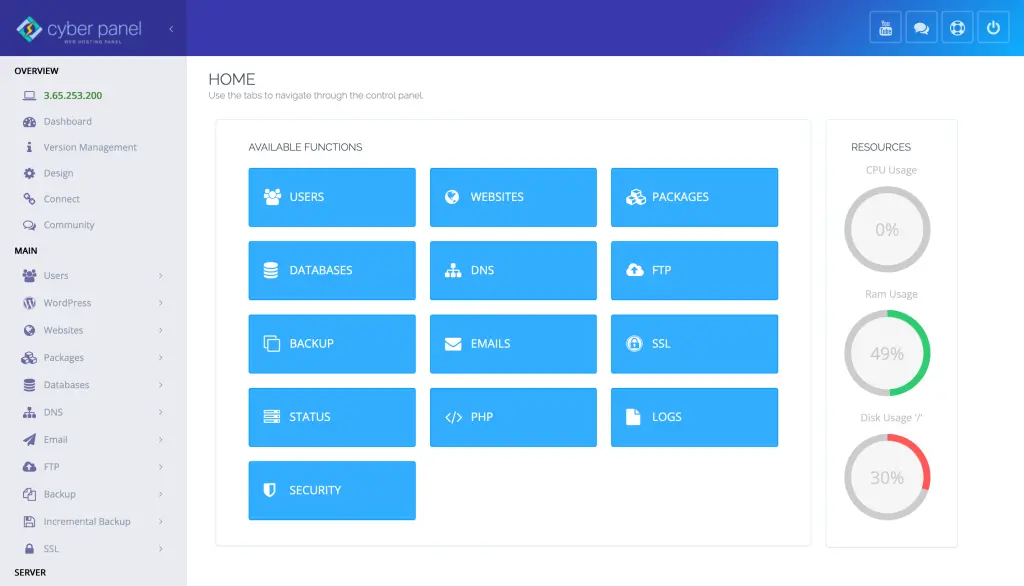Doing infrastructure work manually is slow, dangerous, and doesn’t scale. This is where Terraform on Azure comes to the rescue. It enables you to write code to deploy and manage Azure resources. With Terraform, you describe your infrastructure as code in a simple way, using .tf files to describe your Azure configuration, and it creates and manages it.
Whether you are spinning up entire virtual machines, creating storage accounts, or orchestrating hybrid-cloud configurations, Terraform Azure integration offers a level of consistency, repeatability, and automation that will make your organization more efficient. In this guide, we are going to learn why you should use Terraform for Azure, how to navigate this new front-end, and how we can manage hybrid-joined devices with Terraform!
Let’s discover how infrastructure as code is made possible by Terraform on Microsoft Azure, step by step.
What Is Terraform Azure and Why Should You Use It?
Terraform Azure is the method of managing Azure infrastructure by using Terraform’s declarative language. It is an easy way to automate to setup of cloud resources without clicking through the Azure Portal.
Benefits of using Terraform on Azure:
- Infrastructure consistency
- Version control
- Disaster recovery
- Automated scaling
Now you can start whole environments, change settings, or undo a deployment in seconds using only a few lines of code.
Get exclusive access to all things tech-savvy, and be the first to receive
the latest updates directly in your inbox.
How to Install Terraform on Azure?
To get started with Terraform on Azure, please check the following:
- Install Terraform CLI
- Set up Azure CLI (az login)
- Create a
main.tffile with Azure resource definitions - Initialize the provider:
terraform init - Apply the configuration:
terraform apply
Example to create a resource group:
provider "azurerm" {
features {}
}
resource "azurerm_resource_group" "example" {
name = "myResourceGroup"
location = "East US"
}
What is the Terraform Azure Provider?
Terraform Azure provider is a plugin that allows Terraform to work with Azure APIs. It translates your .tf code to actual Azure resource creation and management.
You create the provider as such:
provider "azurerm" {
features {}
}
It is backed up with all popular Azure services – virtual machines, databases and load balancers, networking, and identity management. Whenever you run Terraform, this provider manages the communication between your code and Azure.
How Does Azure Hybrid Join Terraform Work?
You can automate Azure Hybrid Join setups using Terraform by creating devices and configuring their identity settings. Hybrid join enables on-prem devices to join AAD and still maintain their connection to your domain.
Terraform can automate:
- VM creation with hybrid join settings
- Domain-joined configurations
- Azure AD Connect provisioning
Terraform itself doesn’t actually “join” a machine, but it preps the infrastructure, polices, and permissions, making it possible for hybrid join to occur at a later date via scripts or extensions after deployment.
How to Have Azure Resource Management with Terraform?
When using Terraform to control Azure resources, write code that describes those resources, such as networks or virtual machines, or databases.
Here is an example to create a virtual network (provision it):

resource "azurerm_virtual_network" "vnet" {
name = "myVnet"
address_space = ["10.0.0.0/16"]
location = azurerm_resource_group.example.location
resource_group_name = azurerm_resource_group.example.name
}
Then run:
terraform init
terraform apply
What Are the Advantages of Terraform on Azure?
There are many advantages to using Azure Terraform:
- Full control using code
- Versioning your infrastructure with Git
- Simple multiple-region deployment
- Fast rollbacks with state management
- Support for multi-cloud and mixed environments
In just a few .tf files, you can go from zero to production.
How does Terraform benefit Azure DevOps Workflows?
Using Terraform with Azure DevOps pipelines enables testing and deploying infrastructure in a fully automated process. You can:
- Run
terraform planandapplyin CI/CD stages - Use service connections for authentication
- Enforce infrastructure policy as code
- Store .tf files in a Git repo
It provides teams with fast and reliable deployments at scale.
Can Terraform Manage Azure IAM (Identity and Access)?
Indeed, you can use Terraform to apply a more admin-like setup over Azure identity – creating users, groups, roles, RBAC roles, etc.
Example:
resource "azurerm_role_assignment" "example" {
scope = azurerm_resource_group.example.id
role_definition_name = "Contributor"
principal_id = azurerm_user_assigned_identity.example.principal_id
}
CyberPanel vs Terraform Azure Setups

Although CyberPanel, i.e., web hosting control panel, is not a direct integrator for Azure or TerraForm, the advanced users could, if they feel like doing so:
- Deploy CyberPanel on Azure VMs with Terraform
- Automate entire LAMP/LEMP stack installations
- Use provisioners in Terraform to install and configure CyberPanel post-deployment
This is closing the gap between the old school web hosting and modern IaC (infrastructure as code) workflow, where developers can deploy infrastructure as well as code quickly.
People Also Ask
1. Can Terraform deploy anything in Azure?
Yes. Practically all of Azure is manageable in Terraform, including computing, storage, networking, and identity.
2. Do I need to have Azure CLI to be able to use Terraform?
Not really, but it’s required during installation for authentication. You can also use a service principal.
3. How does Terraform work with state files in Azure?
A team so that everyone can collaborate, keeping the state in Azure Blob Storage.
4. What is the pricing for Terraform on Azure?
Terraform itself is free. Resources in Azure are consumption-based.
5. Is Terraform superior to ARM templates?
Yes, for most users. It’s also easier to read, reuse, and is cloud-agnostic.
Grand Finale!
To sum up, if you’re managing Azure infrastructure, Terraform is the best tool to automate, scale, and version every change you make. From simple resource groups to complex hybrid networks, Terraform gives you full control using clean and simple code.
Speed up your Azure infrastructure with Terraform—code smart, deploy fast, and scale easier!



